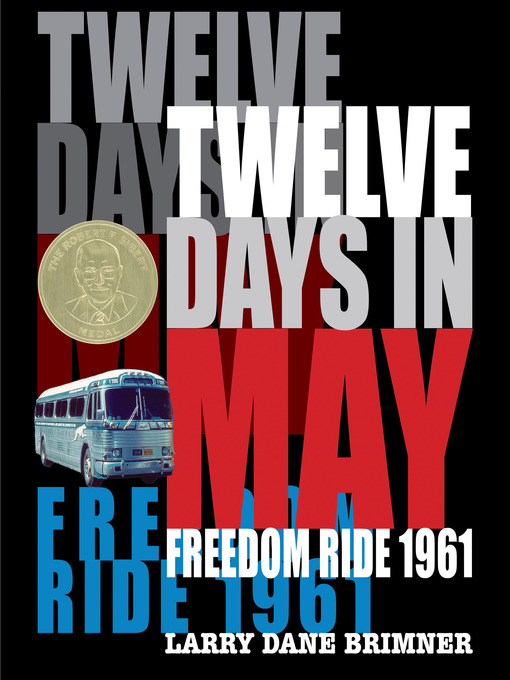Robert F. Sibert Informational Book Award Winner
“An engaging and accessible account” for young readers about the Freedom Riders who led the landmark 1961 protests against segregation on buses (School Library Journal)
On May 4, 1961, a group of thirteen black and white civil rights activists launched the Freedom Ride, aiming to challenge the practice of segregation on buses and at bus terminal facilities in the South.
The Ride would last twelve days. Despite the fact that segregation on buses crossing state lines was ruled unconstitutional by the Supreme Court in 1946, and segregation in interstate transportation facilities was ruled unconstitutional in 1960, these rulings were routinely ignored in the South. The thirteen Freedom Riders intended to test the laws and draw attention to the lack of enforcement with their peaceful protest. As the Riders traveled deeper into the South, they encountered increasing violence and opposition.
Noted civil rights author Larry Dane Brimner relies on archival documents and rarely seen images to tell the riveting story of the little-known first days of the Freedom Ride.
- Available now
- Great reads without the wait!
- New kids additions
- Never Fear, Graphic Novels are Here!
- Cook Up Something Cozy
- Armchair Travel
- New teen additions
- Eat Green
- Big Brain Moves
- Pep Talk
- Romantasy
- See all ebooks collections
- Available now
- New audiobook additions
- Try something different
- Most Popular Audio Under 3 Hours
- Senior Sleuths
- Read by the Author
- Lives of the Eccentrics
- Listen While You Clean
- Books for Road Trippers & Travelers
- Listen to a Mystery
- Listen & LAUGH
- See all audiobooks collections
- News & Politics
- Health & Fitness
- Celebrity
- Family & Parenting
- Fashion
- Business & Finance
- Travel & Outdoor
- Food & Cooking
- Tech & Gaming
- Sports
- Crafts & Hobbies
- Photography
- Art & Architecture
- See all magazines collections





